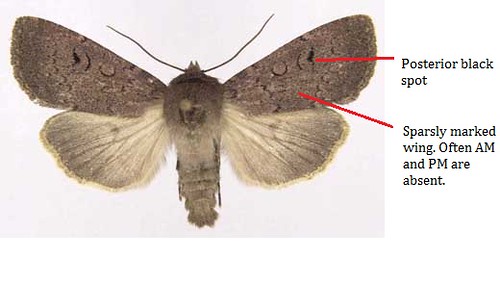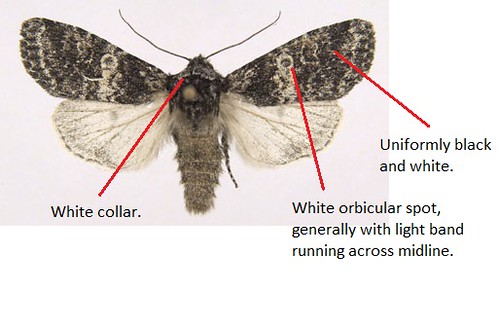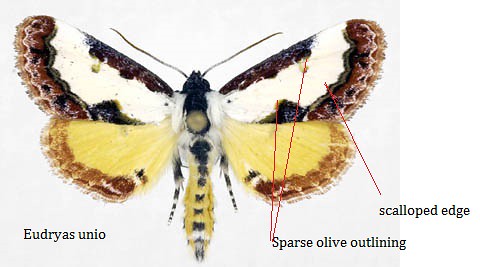Catching up
This was a long, cold winter, with a lot of snow. The avian 'usual suspects' were around all winter, but it seemed to me as is if the populations were less than normal (I've been going to the same area for a few years now). This is a subjective assessment - they may have been at more reliable food sources. I don't know.
Spring migration this year (May/22) has been extended due to a cold, wet spring. I have concerns about the insect eating species, as the ground has been frozen until about three weeks ago. I see very few insects about, and the trees/shrubs are only starting to put out leaves. There are swallows over the river, but I'm not sure what they would be eating. This is also a flood year, so if bank swallows stay, it will be a while before they find nesting sites on the Red River banks. Much of the soil in which insects might have overwintered are now under water, and have been for a week or two.
On the few warm, sunny, days we have had, I've seen one or two small Mourning Cloak butterflies, a few flies and one beetle (which flew off before I could photograph it!), but not much else. Dismal.














